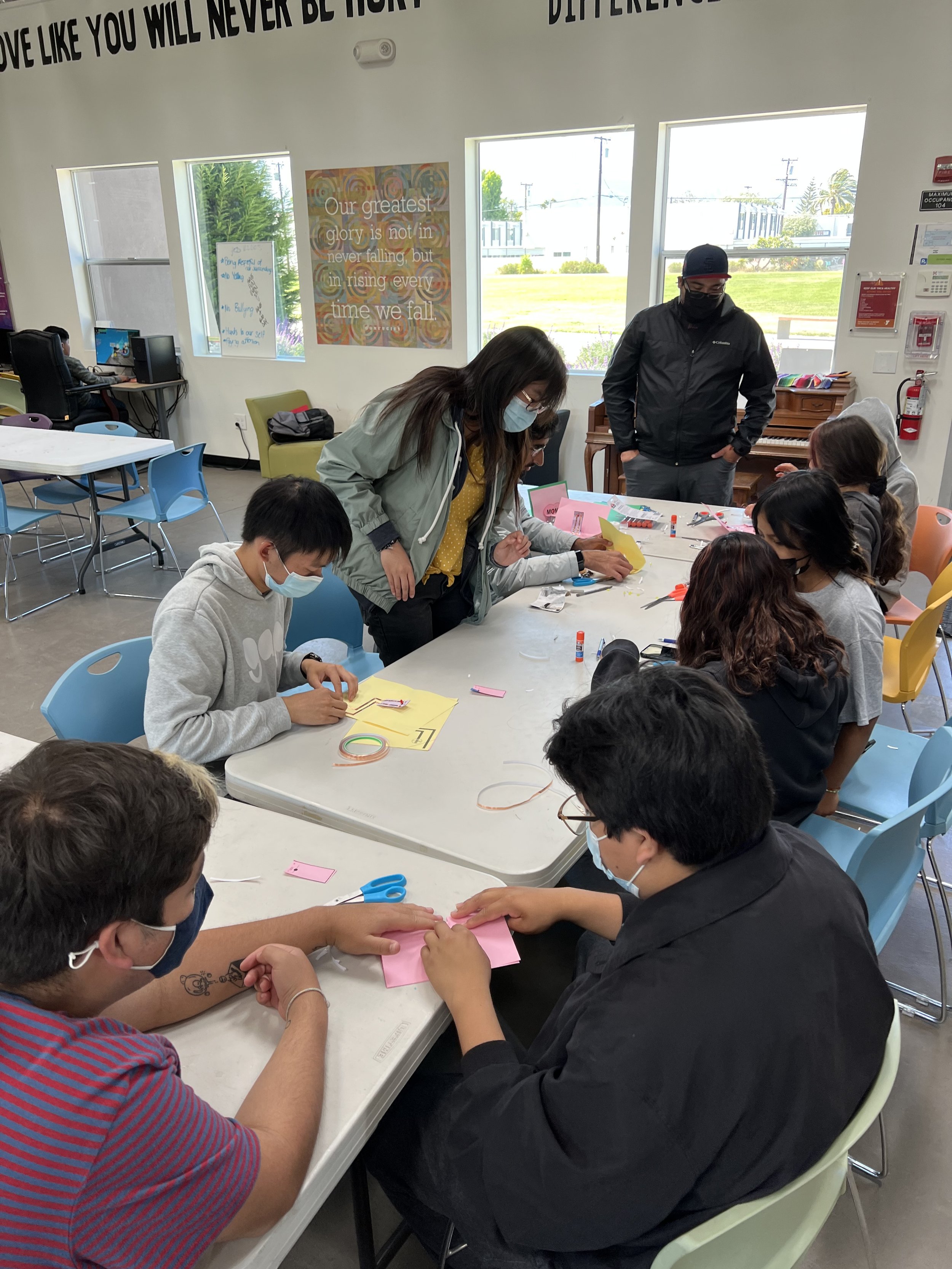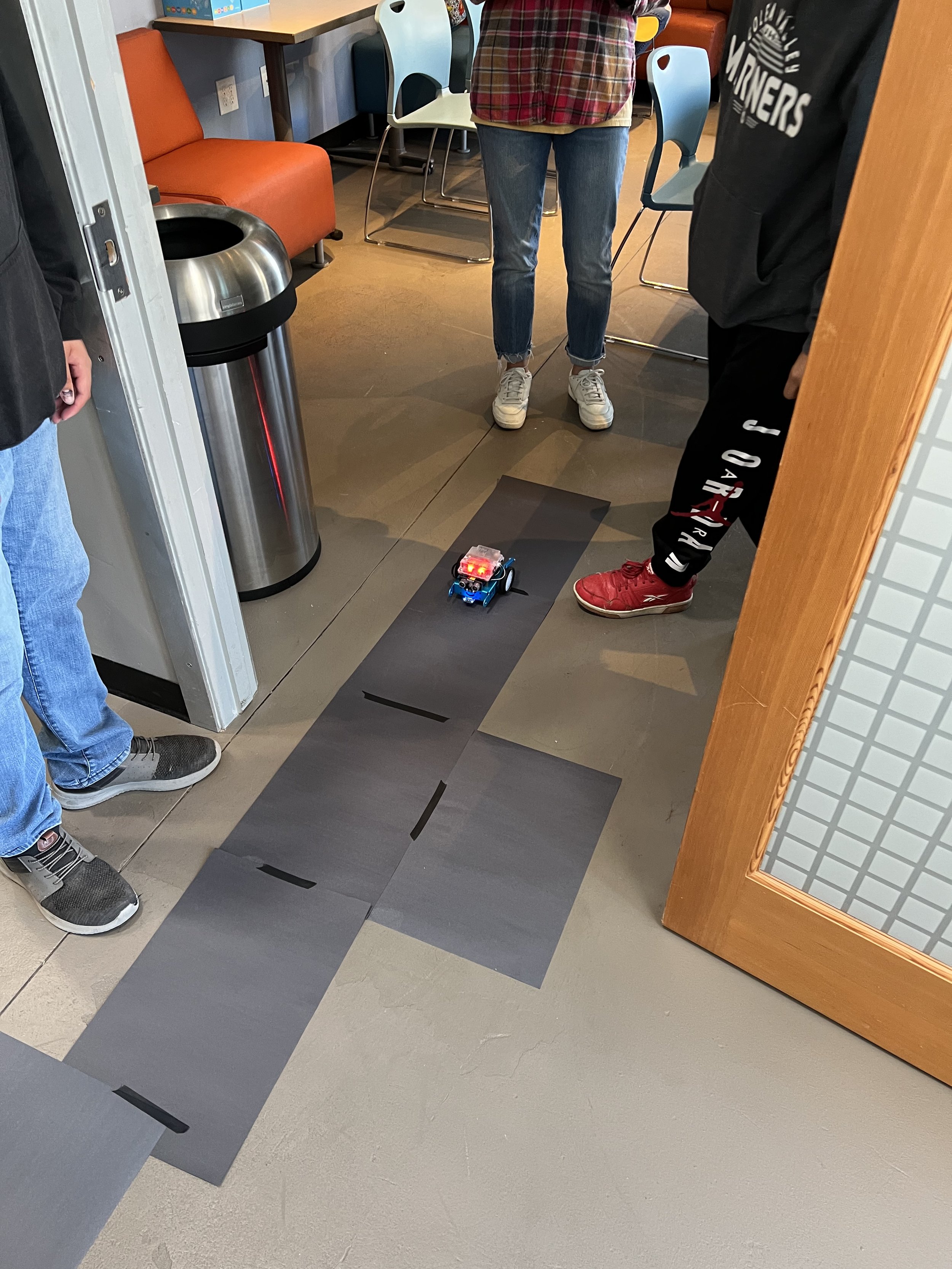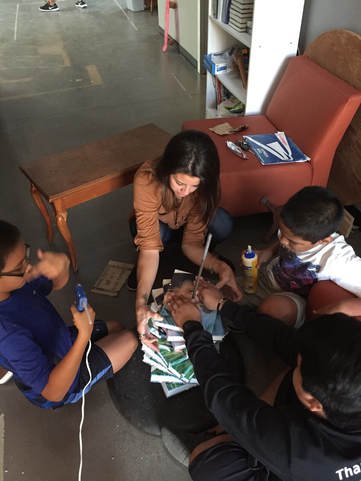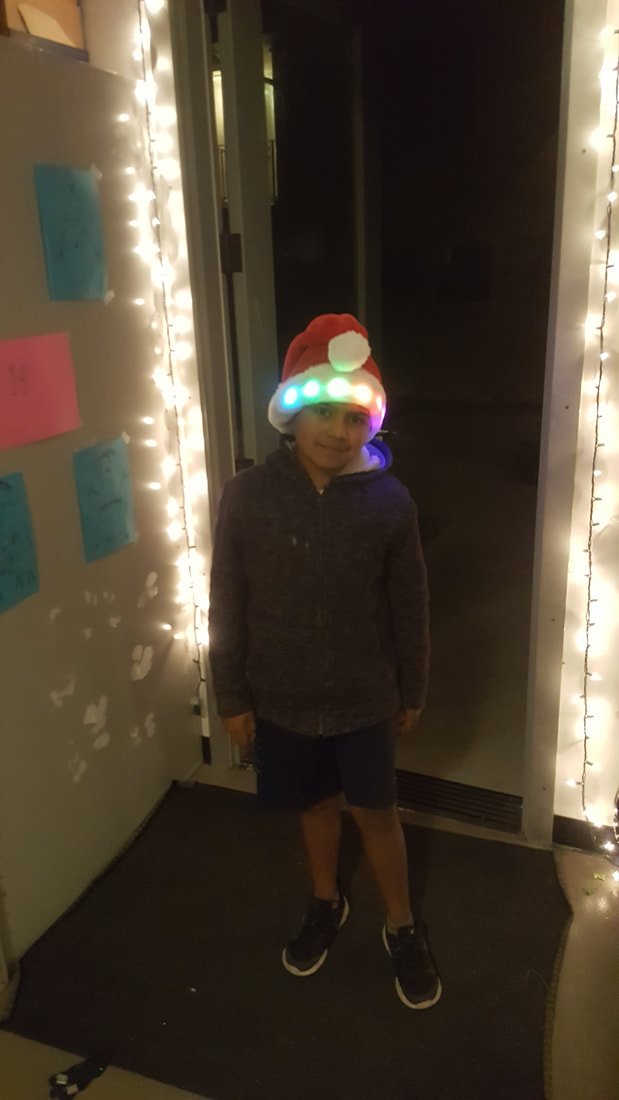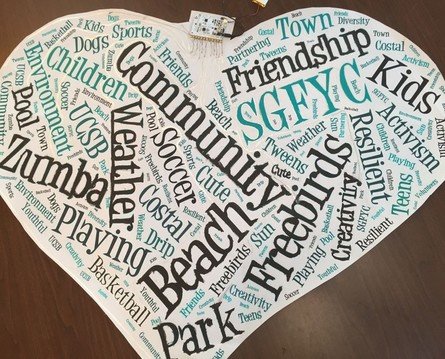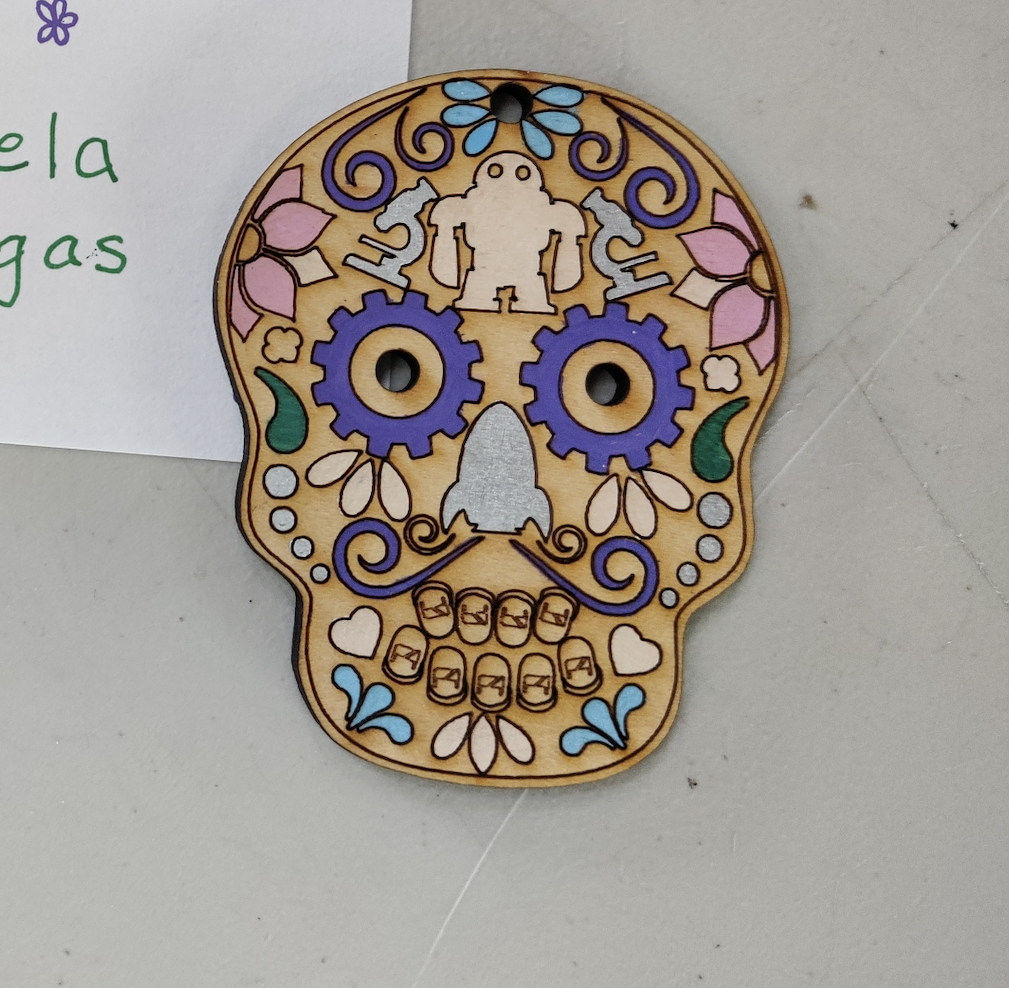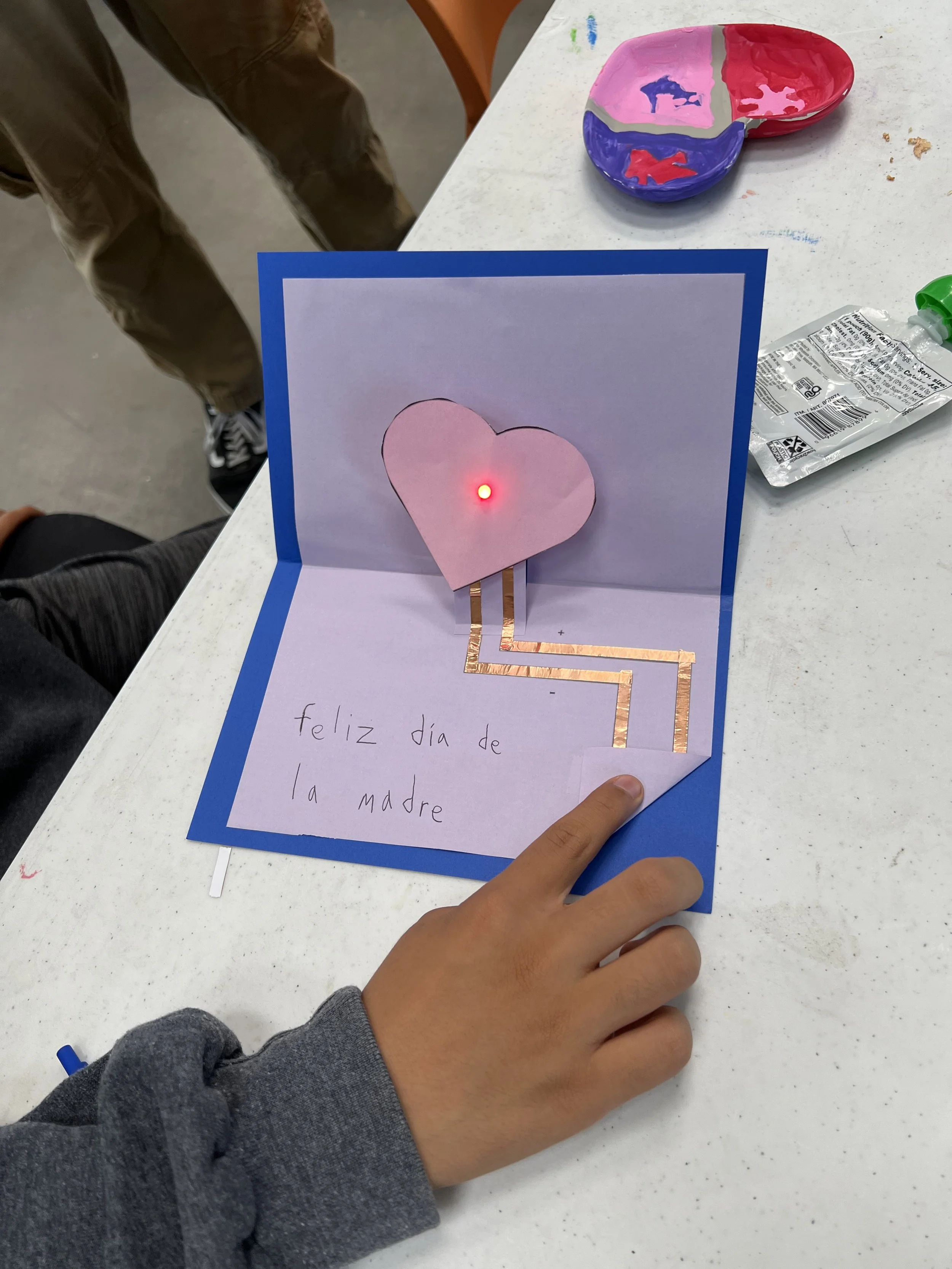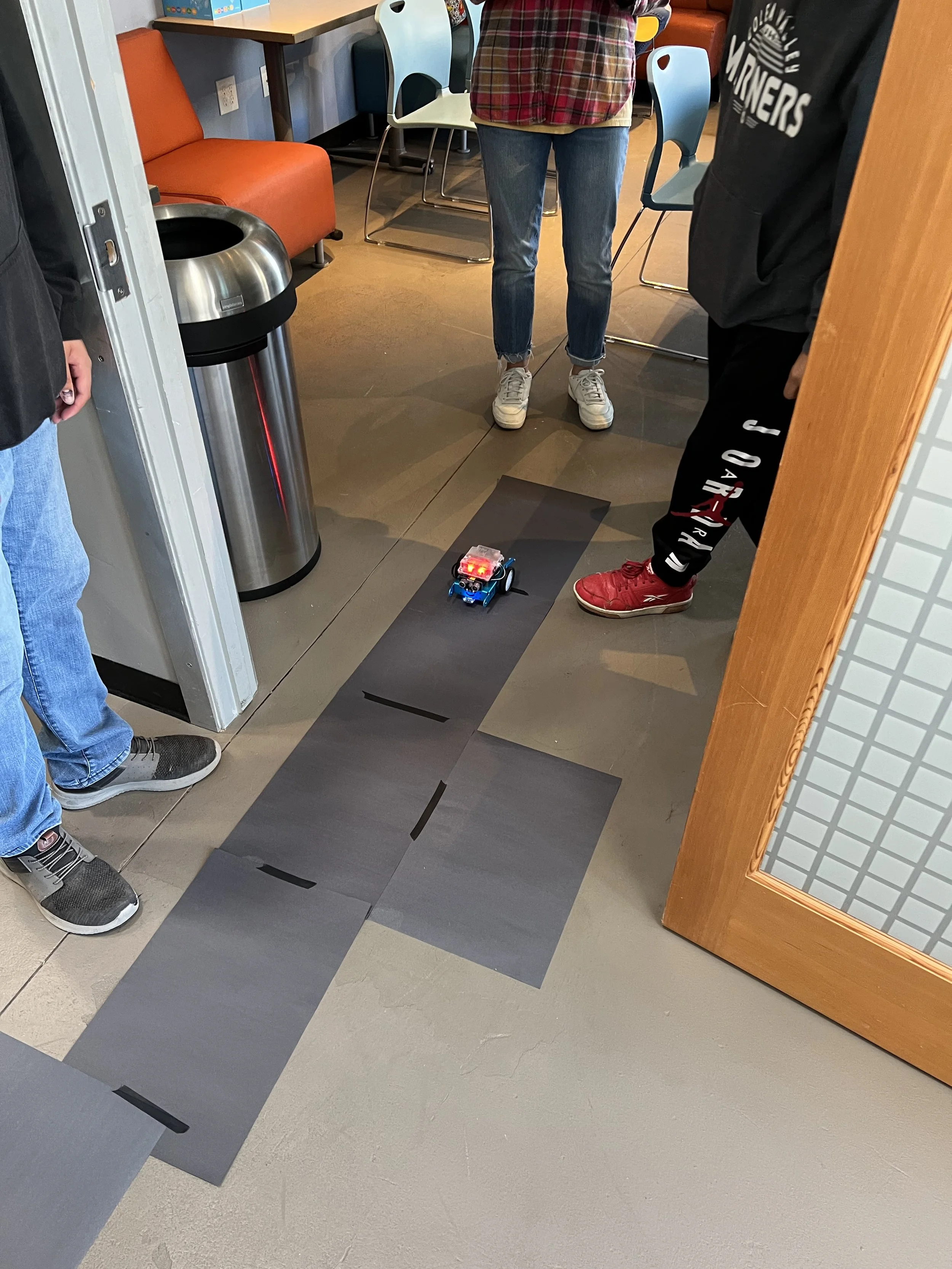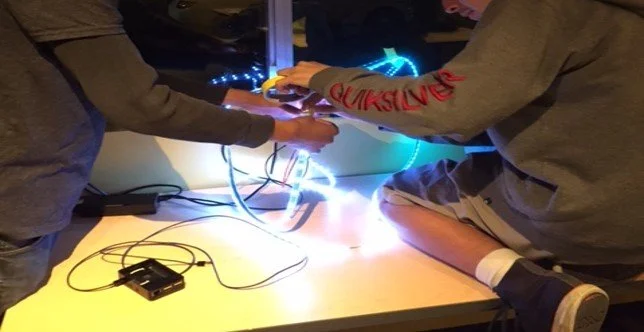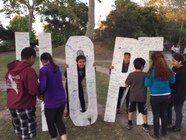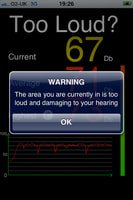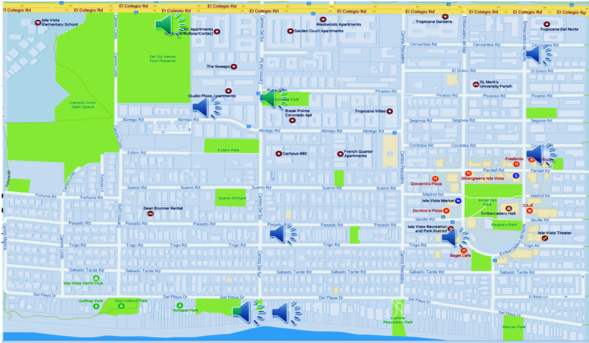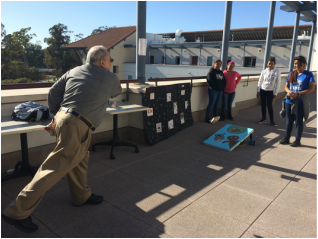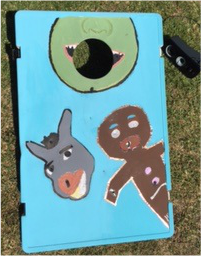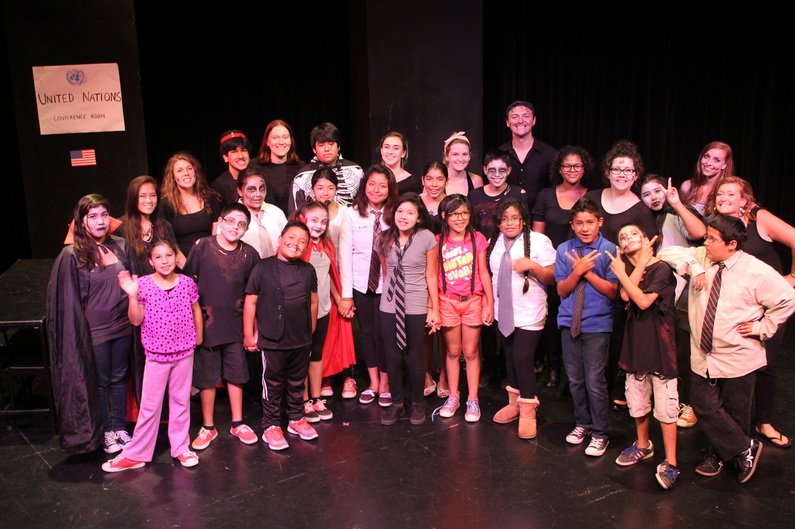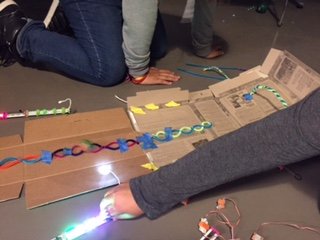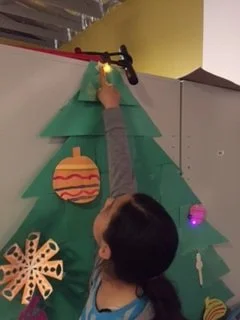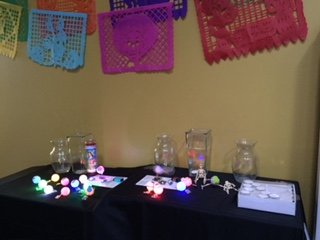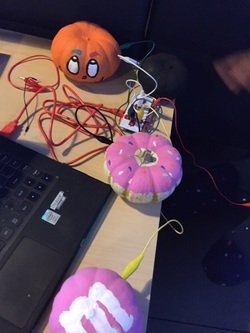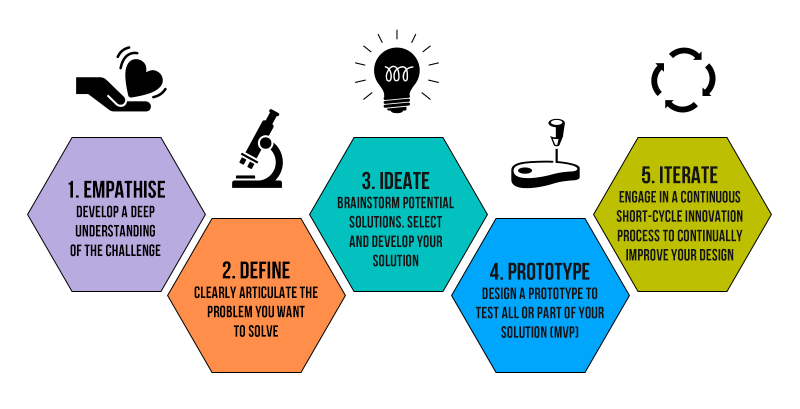Blending Science, Art, and Activism
Mother’s Day Electric Circuit Cards
Crafting LED Mother's Day cards added a touch of innovation and heartfelt warmth to the celebration as the students integrated LEDs (Light-Emitting Diodes) into their creations. This hands-on activity encouraged the students in K-12 to explore electronics, design, and aesthetics while expressing their love and gratitude for their mothers in a unique way.
As the students assembled their LED Mother's Day cards, they gained valuable insights into basic electronics and circuitry. They learned about the fundamental principles of LEDs and how they emitted light, leading to a deeper understanding of the technology that surrounded them. Through experimentation and problem-solving, the students developed critical thinking skills as they ensured the LEDs illuminated in their cards correctly.
Beyond the technical aspects, these LED cards became heartfelt expressions of love and appreciation from the students. Each student personalized their cards with unique designs and heartfelt messages, making each card a one-of-a-kind gift. The soft glow of the LEDs enhanced the emotional impact, symbolizing the warmth and light that mothers brought into their children's lives. This activity fostered a sense of gratitude and strengthened the emotional bond between the students and their mothers, leaving them with cherished memories that would last a lifetime.
Throughout the activity, the students immersed themselves in the exploration of technology and emotions, creating a meaningful experience for both the students and their mothers.
Makeblock Mbot
Using the Makeblock mBot robot kit in educational settings brought an exciting fusion of technology and creativity to the students' learning experiences. The mBot, with its versatile design and programmable features, provided an engaging platform for K-12 students to delve into the world of robotics and coding.
As the students explored the mBot's various functionalities, they delved into the fundamentals of programming, gaining hands-on experience with coding languages like Scratch and Python. This interactive learning approach empowered the students to write code and witness the tangible outcomes as the mBot responded to their commands, be it navigating through mazes, avoiding obstacles, or completing various tasks.
Beyond the technical aspects, the mBot encouraged teamwork and problem-solving skills. Collaborating on projects, the students strategized and brainstormed solutions, honing their ability to think critically and creatively. The robot's flexibility allowed them to modify and customize its design, unleashing their imagination and inventiveness as they engineered their unique robotic creations.
The Makeblock mBot proved to be a dynamic tool for STEAM (Science, Technology, Engineering, Arts, and Mathematics) education. By combining robotics and coding with artistic expression, the students embraced a holistic approach to learning. They blended technical knowledge with creative ingenuity, fostering a well-rounded skill set that is vital for their future endeavors.
Ultimately, the Makeblock mBot enriched the educational landscape, inspiring a new generation of curious minds to explore the fascinating world of robotics, coding, and innovation. Through this hands-on experience, the students not only mastered cutting-edge technologies but also developed essential life skills, such as problem-solving, teamwork, and adaptability, setting them on a path of continuous learning and exploration.
LED Sugar Skulls
Engaging in the vibrant world of art and culture through the sugar skull activity has proven to be an enriching and captivating experience for the students. The process of creating their own sugar skull designs, inspired by the traditional Mexican Day of the Dead celebration, has allowed the students to delve into their creativity while also learning about the significance of this cultural symbol. As they meticulously decorated their sugar skulls with colorful markers and intricate patterns, students honed their critical thinking and artistic expression skills. Moreover, the activity fostered a sense of cultural appreciation and empathy, as they gained a deeper understanding of the rich traditions and symbolism behind the sugar skull.
Additionally, through trial and error, the students learned how to troubleshoot and problem-solve, gaining invaluable skills in critical thinking and analysis. Moreover, the activity encourages teamwork and collaboration, as students exchange ideas and help each other overcome challenges.
The hands-on nature of the activity further promoted attention to detail, patience, and accuracy, as each student carefully crafted their unique piece of art. Witnessing their excitement and dedication throughout the process was truly inspiring, and it is heartening to see how this activity has nurtured their passion for exploration and celebration of diverse cultures.
LED Sugar Skulls: https://www.lectrify.it/products/sugarskull
Radio Garden
Embarking on a captivating journey through 'http://radio.garden,' the students explored global radio stations, fostering critical thinking and cultural understanding. This hands-on activity connected them with diverse content from different countries, promoting an appreciation for the power of communication technology in bridging geographical gaps. They listened to various stations, gaining insights into radio transmission and the impact of technology on our interconnected world.
The radio garden experience sparked curiosity about the technical aspects of radio waves, frequency modulation, and signal propagation. Analyzing information from different stations nurtured critical thinking skills, enabling the students to evaluate the role of communication tools in shaping society. Moreover, encountering an array of music, news, and entertainment cultivates empathy and open-mindedness, fostering a deeper understanding of global diversity.
Amidst this exploration, the students refined their ability to make precise adjustments in tuning to stations, enhancing accuracy in identifying locations on the world map. This activity sparked creativity and imagination, empowering students to envision themselves as global citizens, embracing the richness of various cultures.
Makey Makey
Incorporating the MakeyMakey invention kit into educational activities sparked a captivating blend of creativity and technology for the students. The MakeyMakey, with its intuitive interface and limitless possibilities, provided a captivating platform for the students to explore the world of electronics, programming, and invention.
As the students engaged with the MakeyMakey, they unlocked the power of imagination and innovation. By simply connecting everyday objects to the kit, they transformed bananas into piano keys and turned playdough into game controllers. This hands-on experience demystified electronics, enabling the students to understand the fundamentals of circuits and conductivity while creating interactive projects that responded to their touch.
The MakeyMakey nurtured a sense of curiosity and experimentation, encouraging the students to explore various materials and devise novel applications. They honed their coding skills using Scratch or other programming languages to customize interactions between the MakeyMakey and their digital creations. As a result, the students not only learned the basics of programming but also gained confidence in their ability to invent and innovate with technology.
Beyond its technical aspects, the MakeyMakey encouraged interdisciplinary learning. Through art, music, and design, the students blended creativity with technology, forging connections between different subjects and exploring the intersections of STEAM (Science, Technology, Engineering, Arts, and Mathematics) fields.
Airplanes
Exploring the world of aviation through hands-on projects like balsa wood planes, PowerUp 4.0 planes, rubber band-powered planes, and styrofoam planes provides an exciting avenue for students in K-12 to develop essential skills in critical thinking, making, sense analysis, and accuracy. By constructing and experimenting with these different plane models, students are encouraged to think critically as they problem-solve, design, and refine their creations. Through trial and error, they learn to analyze the aerodynamic principles behind each type of plane, understanding the forces at play and making adjustments to achieve optimal flight. The airplanes stimulate creativity, promote logical reasoning, and enhance spatial awareness, all while honing their ability to accurately measure and make precise adjustments. Ultimately, they empower students to think independently, develop perseverance, and apply their knowledge to real-world challenges, nurturing a lifelong passion for exploration and innovation.
LED Art
Computer science and art project emerged from collaboration with UCSB students and LightWorks public art project. SGYC youths:
Learned to connect LEDs, sensors, and components of Arduino toolkit.
Shared videos and brought LED gloves to demonstrate gloving hobby.
Discussed community art project aims of increased illumination/safety, community engagement, and honor victims of 2014 IV mass shooting.
Designed and programmed six original light sequences on LED strips.
Created window light display, building on interests in “gloving” and “hacking”, plus connection to broader community.
Attended Opening Ceremony of LightWorks, spoke with artists and interacted with light installations.
Civic engagement project emerged from community survey with UCSB students and a youth empowerment nonprofit. SGYC youths:
Designed surveys and polled 300 residents on community well-being.
Determined need for aesthetically pleasing depiction of data.
Created negative and positive word clouds from data.
Created interactive poster using touch capacitance sensors activating sound bites. Group discussion about qualitative data to determine key words and associated sounds. Used “plug and play” microprocessor, conductive ink, paint, and thread.
Invited residents to interact with findings through multimedia literacy product displaying the stance and values of the Isla Vista community.
World Cloud #BestofIslaVista
What does Isla Vista sound like?
Following youths’ meeting with community members, university students, and the local sheriff, regarding their project findings, our youths decided to pursue reducing noise as a project for improving community quality of life.
Community science and maker project emerged as Phase 2 of the project. SGYC youths:
1. Discussed sound and noise pollution in Isla Vista.
2. Installed decibel meters on smart photos and set guidelines for data collection.
3. Collected data on their own and during group recording days ("sound blast“).
4. Analyzed data by day of week, max and min decibels, and created visuals.
5. Presented findings at a Town Hall.
6. Created artistic acoustic panels to decrease noise in Teen Center study room.
7. Conducted pre and post tests to show the difference in sound levels.
Makerfaires and Community Festivals
The Interactive Bean Bag Toss was a faire game that MakerSpace youth created in order to run booths at Isla Vista’s Children’s Day as well as the UCSB GGSE Maker Faire. Students first prototyped the game using LittleBits electronic legos, then transitioned to a pre-made bean bag stand, where they drew, painted, added conductive materials, and drilled screws into it. The circuits used a “plug and play” microprocessor and conductive ink. People threw bean bags at the characters painted on the stand, triggering a selected soundbite when the conductive fabric made contact with the conductive paint. Visitors were encouraged to throw bean bags to trigger programmed sounds, such as Shrek the ogre yelling “Get out of my swamp!” Finally, the students made a poster to explain capacitive sensing and conductivity, and posted "how-to" guide on Instructables.
In following years, youth built and programmed mbots to follow lines or sing and dance. Check out our blog tab for more info! For the past three years, the Maker Faire has provided a great chance for our youth to create cool projects and explain them to families and younger children.
Summer Maker Theater Program
Partnership with Nuestra Voz Theater Camp, "a multicultural creative writing and performance program that partners underserved Isla Vista teenagers with UCSB undergraduates to create community-based theatre."
Summer 2016 was the first year partnering the Maker program with Nuestra Voz. The teens designed, programmed, and created light up props for their plays including a motion sensing microphone, LED strip portal, and light up snap bracelets. In following years they improved on the bracelets and portal design, as well as made a variety of other props including a "orb jar", light-up cane, and neo-pixel goggles.
Ongoing Themes
Sense, Analyze, Act
Working with Modular Robotics and Sensors, we cover the ideas of sense, analyze, and actuate or input and output as a way bots interact with the environment around them. Students have built their own robots by hacking an electric toothbrush, and created inventions with LittleBits electronic legos, and Cubelets modular robots.
The notion of a “Bot” (robot) is any electronically controlled device that chemically, electrically, and physically senses environmental information, processes and analyzes sensory information, and actuates—creates an output that makes something happen physically, electronically, or symbolically in the real word. Youths learn about the ubiquity of bot devices in everyday artifacts and how the principle of “sense, analyze, act” can be applied to many systems in the world around them.
Circuits and Systems
We often work with electronic circuits and forms of matter that conduct electricity.
Activities include:
Paper Computing (electonic circuits built from conductive ink or other electrical conductors)
Light up Holiday Cards and ornaments
Circuit Scribe Moving Calaveras for Dia de los Muertos Altar
Squishy circuits made from conductive and insulating playdough,
Makey Makey inventions such as Pumpkin Piano
Design Thinking
Design-based learning and engineering practices, which take into account scientific principles and physical limitations to devise optimal solutions. Teens learn techniques for parallel versus series design processes, brainstorming, and prototyping, in addition to using iterative testing to evaluate and improve their designs.
